Digital learning Where are the giant leaps?
New technology demands new methods, says Jörn Muuß-Merholz. The media expert shows how innovative learning could be – and why schools have problems with it.


New technology demands new methods, says Jörn Muuß-Merholz. The media expert shows how innovative learning could be – and why schools have problems with it.

When we talk about digitisation in schools, we often mean nothing more than dressing up old ideas in new clothes. Although technical progress can be seen clearly, it is not enough for actual modernisation to optimise old educational methods with new media. What could the great leaps look like? And what is preventing them?
When Gutenberg invented modern printing, he didn’t use typography for his books that we would recognise as print nowadays. He printed his letters in a written script style – and copied what was familiar at the time.
It took a generation of master printers after Gutenberg to discover and try out the opportunities and advantages of design in the form of unconnected printing letters. And at first, not much changed in terms of content. 80 percent of printed books that were published in the first 50 years retained Latin as their language. The Gutenberg expert Elizabeth Eisenstein works on the basis that it was a whole century before the outlines of a new world could be discerned. We don’t have that much time in schools.
What could the great leaps look like? And what is preventing them?
Digitale Revolution Won't Come Overnight
This history of printing shows that radical changes don’t happen suddenly, even if we later view them as a revolution. Quite the opposite: after a new technology has been invented, we primarily use it to reproduce familiar forms and contents.

Today it is schools that are experiencing a radical change with digital media. And there, too, we are not experiencing a revolution overnight. Instead, things that work in the analogue world are being optimised digitally. Textbooks are becoming electronic books, the familiar chalkboard is being replaced by colourful images on smart boards, index cards for vocabulary by vocab trainer apps.
Currently, in the matter of digitisation in schools we are at the stage where Gutenberg was copying written scripts for his bibles.
Further Developing Schools Digitally
In the discussion about the changes to teaching and learning by using digital media, Puentedura’s SAMR model is often cited. “SAMR” is made up of the first letters of four usage steps:

The Big Error in Reasoning about Digitisation
The SAMR model appears reasonable but is built upon basic assumptions that are seldom discussed and may have fatal consequences.
SAMR can help to describe different types of use. But in the development of schools or in social debates, it can be a contributory factor in
1. necessary clarification processes for objectives failing to materialise and
2. an actual modification happening only slowly or not at all.
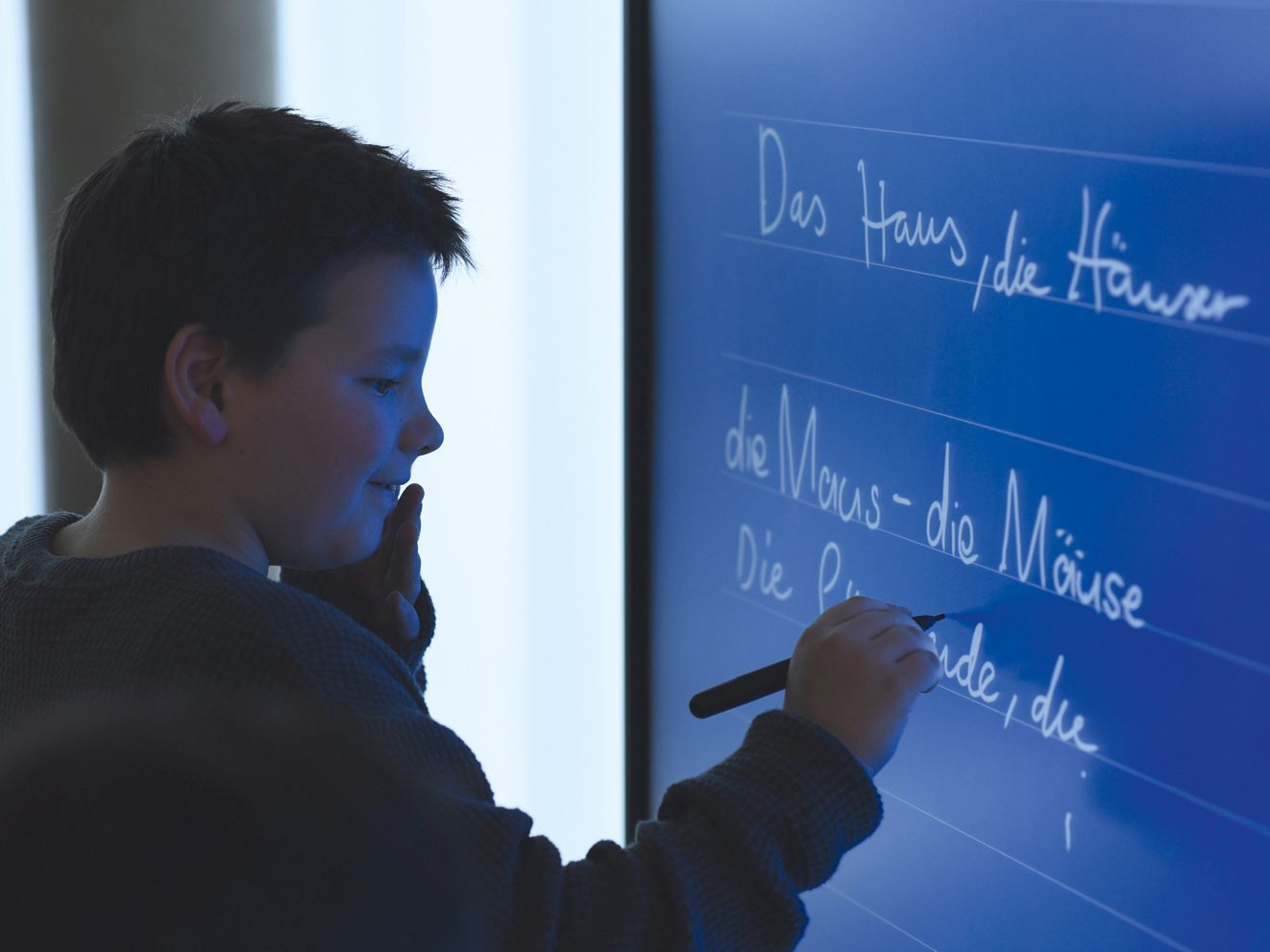
The table below shows examples of small steps and possible giant leaps when using digital media for teaching in schools. The left-hand column shows typical examples in a school with an analogue character. The right-hand column shows how teaching with digital medical could also be conceivable. The examples come from the book “Digital School What’s Happening in Teaching Already” and was documented in teaching as early as 2015. The last example is an exception. It comes from the project “Schools in Space”, presented in 2019 in the podcast “Jöran Calling” with Jochen Leeder (joeran.de/jra097- schule-im-weltraum/).
New Media, Old School | New Media, New School |
|---|---|
When learning languages, apps help with learning vocabulary and grammar exercises. | Languages are learnt as a joint project of classes from different countries, who work together over the internet. |
The class tests its knowledge with digital quizzes along the lines of “Who Wants to Be a Millionaire”. There is feedback and further help if a wrong answer is given. | The class tests its knowledge by developing digital quizzes along the lines of “Who Wants to Be a Millionaire”. They construct plausible (!) incorrect answers and reflect their knowledge on the basis of the graduation into levels of difficulty. |
Transcripts are drawn up digitally and individually. They can be expanded with photos, graphics, links or videos. | Transcripts are prepared digitally and collaboratively, e.g., using Wiki. To do this, they have to compare knowledge, negotiate. Multimedia expansions are possible, hyperlink structures essential. |
The class gets to know a new country by means of videos or VR headsets. Individual interests can be deepened by using the media. | The class gets to know a new country by means of Mystery Skype. In a Skype call, two classes from different countries have to find out something about each other's countries. Individual interests are deepened in individual conversations with each other. |
A scientific experiment is carried out by means of computer simulation. In this way, everyone can try it out individually. | A scientific experiment is conducted in parallel at school on the ISS International Space Station and schools in other countries. The results are shared and compared. |
Are the practical examples on the left really a fundamental change and do they lead step-by-step to the ideas on the right? Or is the opposite the case and current practice is reinforced with digital media with the result that fundamental changes are actually prevented.
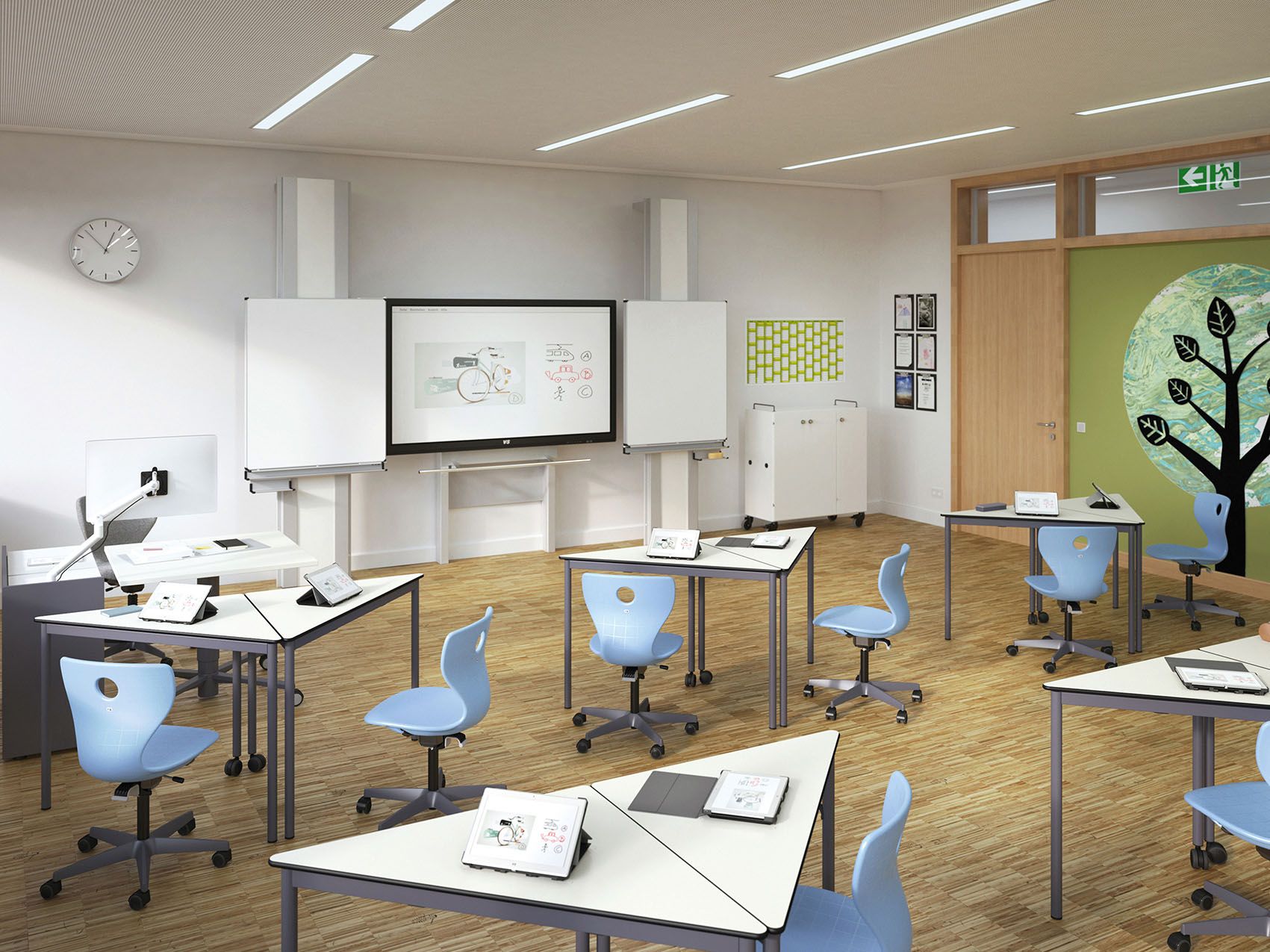
Finding/Discovering a Route through New Territory
Maybe we can’t do anything other than initially transfer forms that are familiar to us into the new media world. At the same time, we also have to try out and discuss giant leaps. Otherwise, we run the risk of reinforcing a school model from the 20th century with roots in the 19th century using the media of the 21st century.
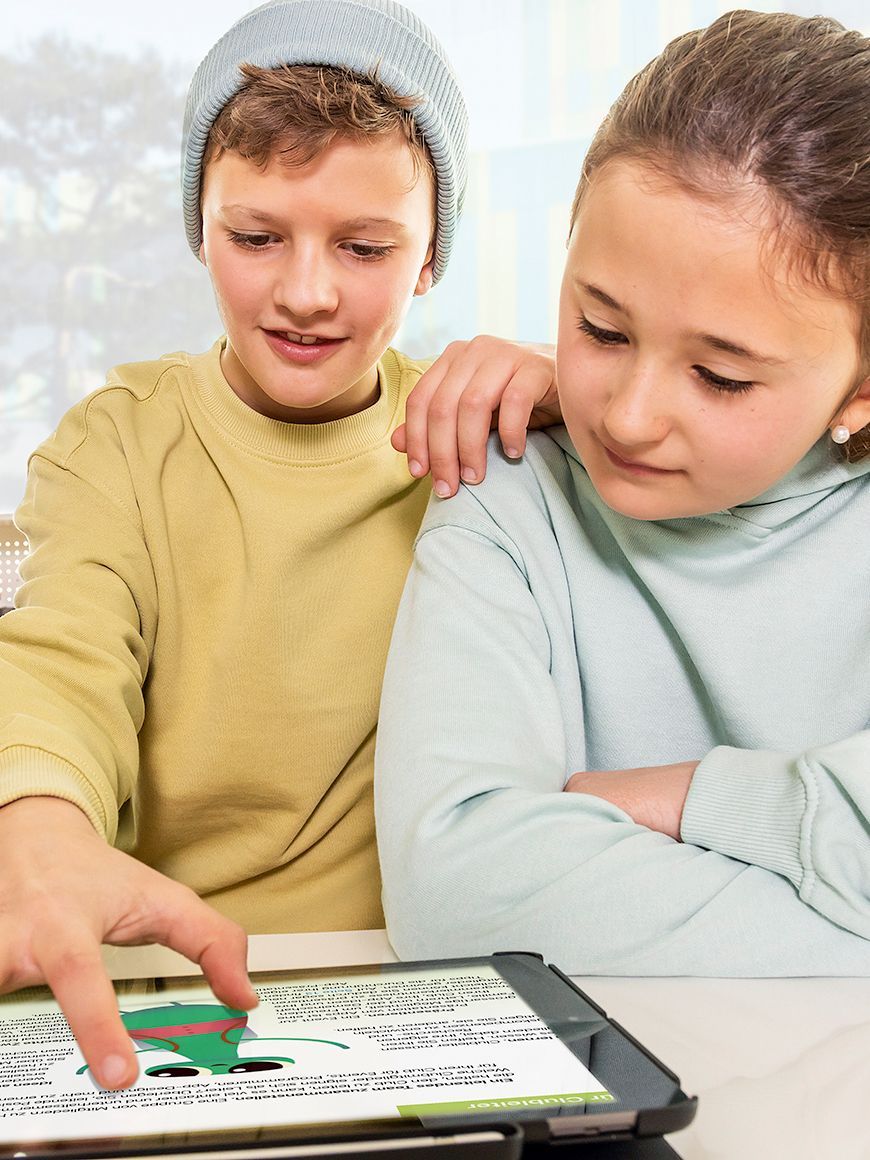
We can’t afford to wait until an educationalist, an education minister, an educational book publisher or an internet giant has developed a magic formula that will then have to be rolled out to everyone. The speed, dynamics and pressure for change are today many orders of magnitude bigger than in Gutenberg’s day.
To do this, we have to link questions relating to digital change to fundamental questions of change in education. An agreement about the fundamental goals and content that we want to work on with and in schools is necessary. We need pole stars to which to orient our ideas and deeds.
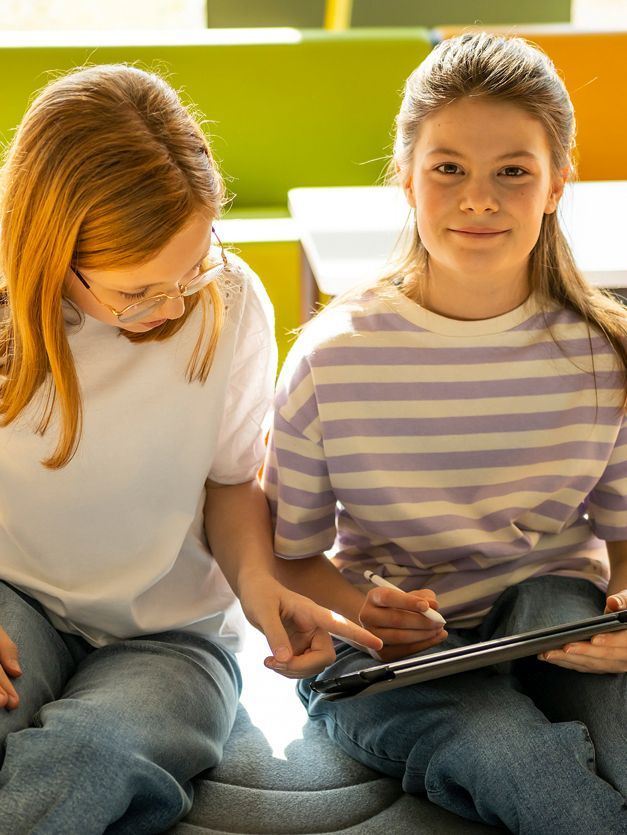
That makes the digital change for schools twice as difficult. We are familiarising ourselves with a new world and are still in the midst of it all. We are going to have to try out, find out and redevelop how we can design a good school in view of digital change and a changing society - as single players, professional communities and as a society.
About the author
Jöran Muuß-Merholz is a graduate educationalist with a focus on learning and teaching in digital change and he works as an author, speaker and advisor. In addition, since 2009 he has run an agency that mainly deals with the subject of Open Educational Resources (OER).
You might also be interested in this
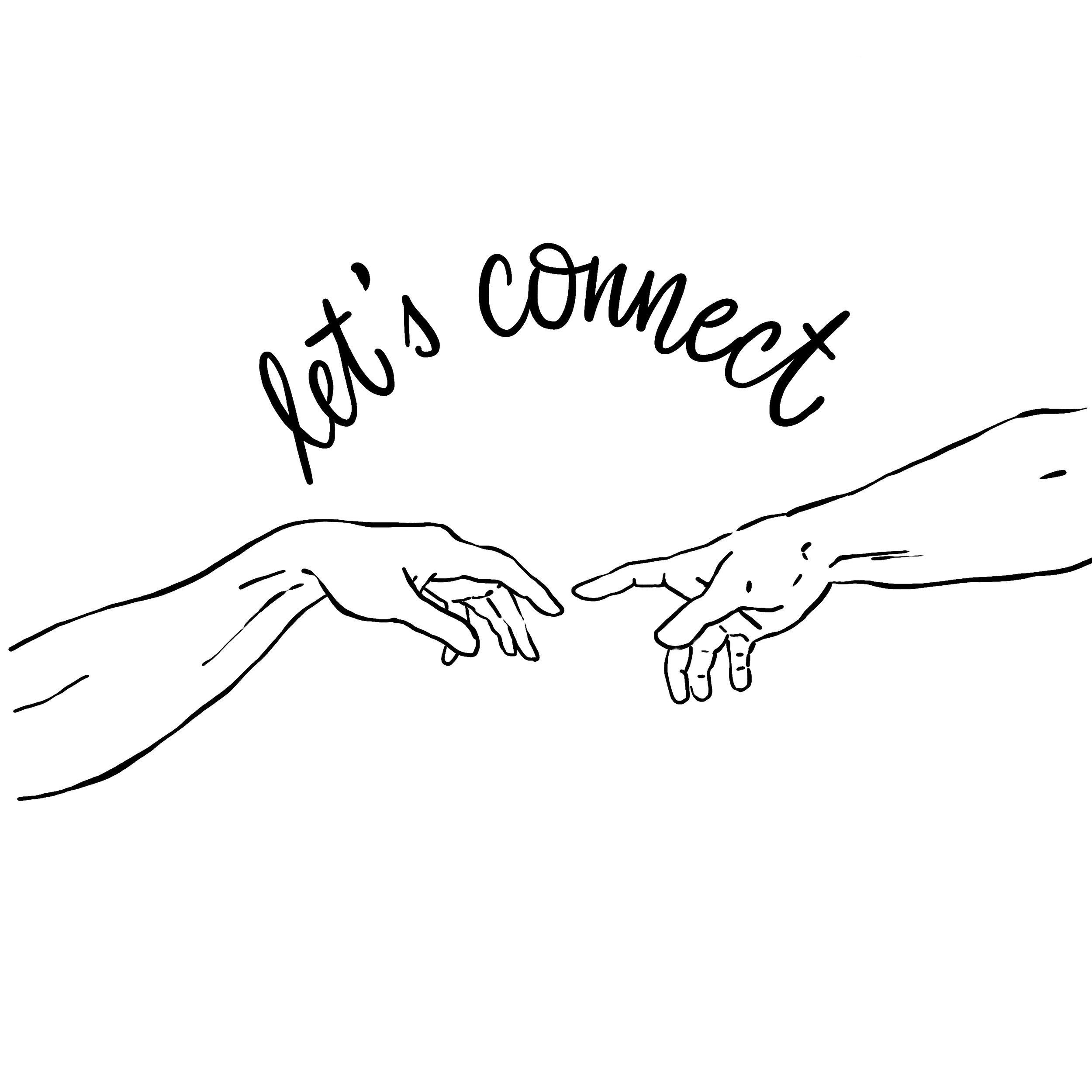
Spread the word Arouse interest
Share this page and arouse interest in others.